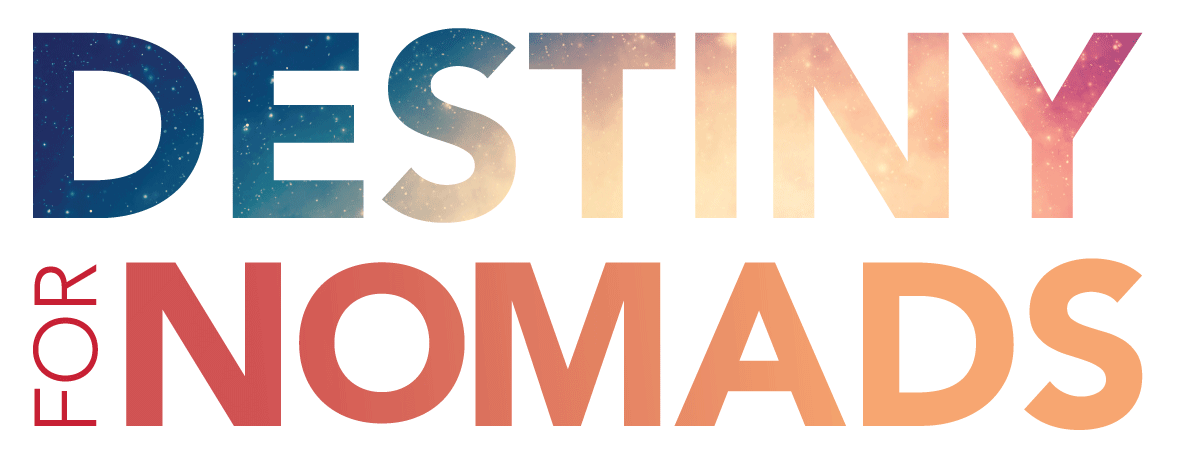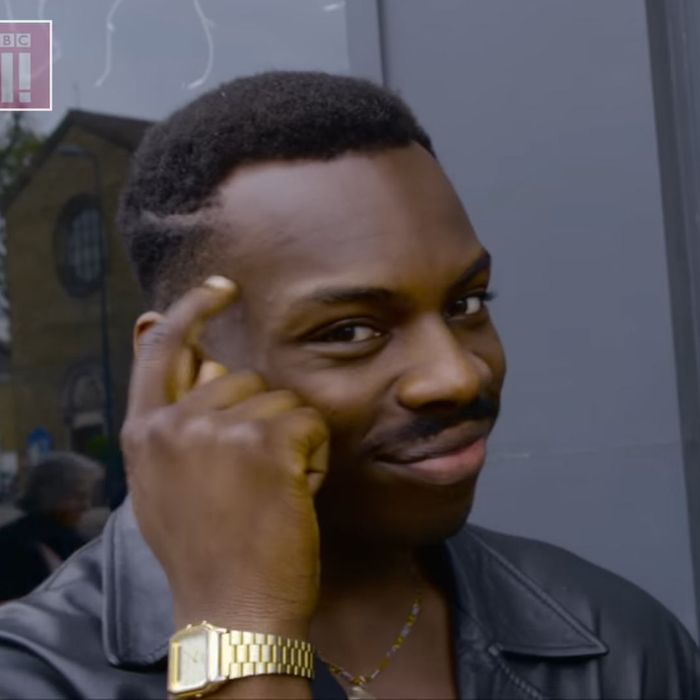Would you like to have more money? Yes? Then think about this: How much do things cost?
That might sound like a stupid question, but it’s not. Everything has a cost, but in almost every case, the “cost” of something is not the same as the “price” of something. And once you can get your head around that, you’re pretty much guaranteed to steadily become wealthier, every day. Let us explain.
When calculating the price of something, it’s very straightforward. Most things that we buy, whether it’s food, flight tickets, rent payments, whatever – have a price. Sometimes a fixed price, sometimes a negotiable price. Either way, the price is usually a number, and when you pay for it, your bank balance drops by the same amount. That’s the price. Easy.
Price vs Cost: Same same, or different?
But what about the cost? Is it the same? Well actually, no. The “price” is what you pay in exchange for whatever you’re buying. The “cost” however, is what you lose in exchange for whatever you’re buying. And there is a big difference between the two.
Some costs aren’t financial. For example, staying up all night to binge-watch Netflix might not affect the price you pay to Netflix, but it might cost you a few hours sleep. Staying home to revise for an exam instead of going to your best friend’s birthday party might not have a price, but it might cost you a friendship! Similarly, going out partying may (or may not) have a price, but it might cost you a few percentage points on your exam scores. Everything has a cost; it’s unavoidable.
In financial terms this is commonly known as “opportunity cost”. When financial professionals are deciding what to invest in, or business managers are deciding what to spend company resources on, they don’t look at just the one thing in front of them and decide if it’s “good” or “bad” – they look at the opportunity cost. What is being missed out on, by making this decision? Is the cost worth paying? Making a decision that results in $200,000 profit (which is “good”, generally) is considered a bad decision, if there is an alternative route to making a $250,000 profit, for obvious reasons.
Understanding opportunity cost is a sure-fire way to get richer, because it means you’ll be more informed, make better decisions, and also have less regrets later on (if any). Essentially it will make you wiser, which is always a good thing.
How to calculate opportunity cost
Unless you live in a vacuum where nothing ever changes (i.e. – not here on planet Earth), there’s no perfect model for calculating opportunity cost, but you can get close to perfect, which is good enough for us. We’ll use what financial professionals use – the “TIME VALUE OF MONEY”, which takes all the key metrics into account – the PRICE, the OPPORTUNITY COST, and the NET PRESENT VALUE. (Look those terms up for more info).
To keep things simple, and as this blog is about finances, we’ll ignore non-financial costs for now and just focus on the numbers – and assume that you have just two options whenever you are considering making a purchase: a) Make the purchase; and b) Save and invest the “price” of the item instead.
The difference between the “price” of the item, and the amount you would have if you decided to save and invest that money instead is the “opportunity cost” of the purchase, and the total amount you’d have in future if you saved and invested the “price” is the true “cost” of the purchase.
And for the sake of simplicity, we’ll assume a conservative average of 7% per year of investment returns, which of course is compounded over time.
Let’s start with $1. Here’s what $1 invested today would be worth over different lengths of time:
10 years: $1.97
15 years: $2.76
20 years: $3.87
Why does it keep going up? Because of COMPOUNDING (again, look it up for more info). Basically, in year 1 you get 7% return on $1 – so at the end of the year you have $1.07. In year 2, you get 7% on $1.07 (which is +0.08), so now have $1.15 in total (and so on).
Some practical everyday examples
Now let’s put it into everyday purchase items, and see how much they really cost. Remember, “Current You” pays the “Price” – but “Future You” pays the “Cost”…
A cup of coffee at $3.75
10 years: $7.38
15 years: $10.35
20 years: $14.51
A cup of coffee 20 days per month at $3.75 ($75 per month)
10 years: $147.54
15 years: $206.93
20 years: $290.23
We’re not hating on coffee lovers here btw – it’s just a good example of a small “price” which has a big “cost”. Here’s some more:
$200 on/off your monthly rental price
10 years: $393.43
15 years: $551.81
20 years: $773.94
Let’s be clear here – this means that if “Current You” moves to live somewhere slightly cheaper, saves $200 on rent per month, and invests that money instead, “Future You” in 20 years’ time will have an extra $773.94 PER MONTH, because “Current You” invested that $200 per month instead of spending it.
We could go on… hopefully you’ve had that “wow” moment already – frivolous spending costs a lot more than just the ticket price, because of the opportunity cost.
So, here is how you get richer, every day – it’s quite simple:
- Recognise “Current You” and “Future You” as two distinct versions of yourself
- Remember that “Future You” is entirely dependent on the decisions made by “Current You”
- Calculate the “opportunity cost” of every purchase – it doesn’t have to be exact
- Make purchasing decisions based on the “cost”, not the “price”
- Show some love for “Future You” – they will be so grateful if you bung a few bucks their way!
Follow this method and you’ll quickly find that you’ll spend less, save more, and are a happier person (because of more appreciation for what you have, and you’re also getting richer) – without significantly changing your life, and without feeling like you’re missing out on anything.
Good luck – go make “Future You” wealthier, and if you found this post helpful, please share it!


